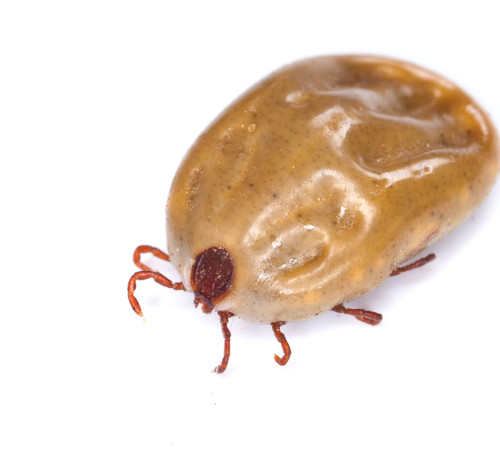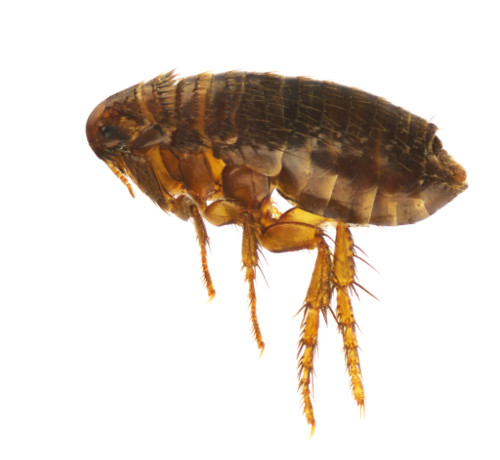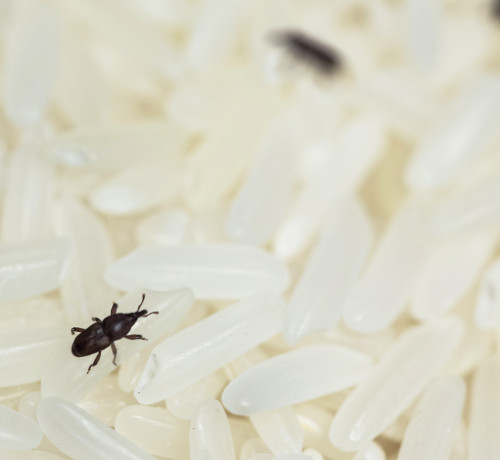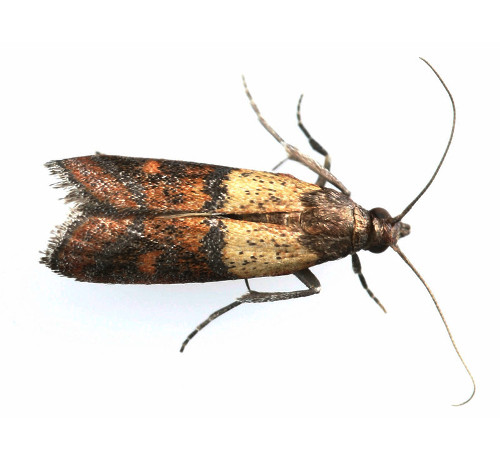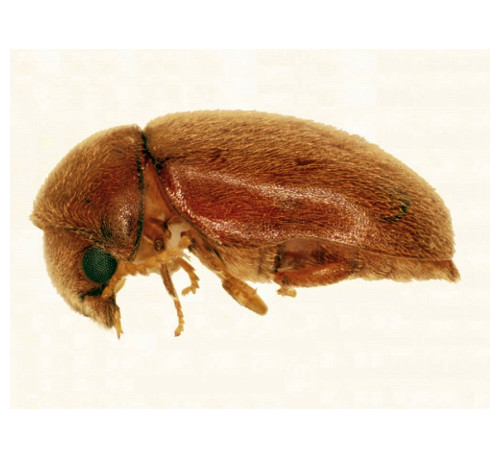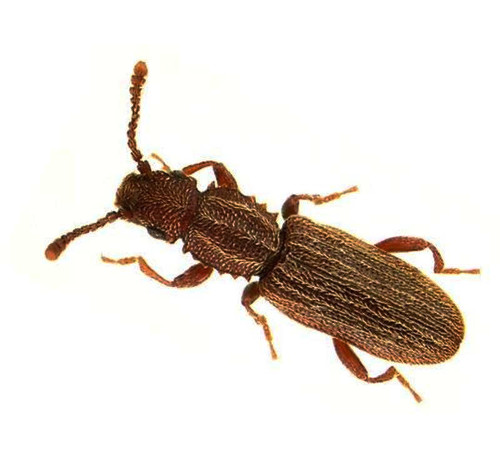Hover or click each Pest to view it's name and/open a link for more information.
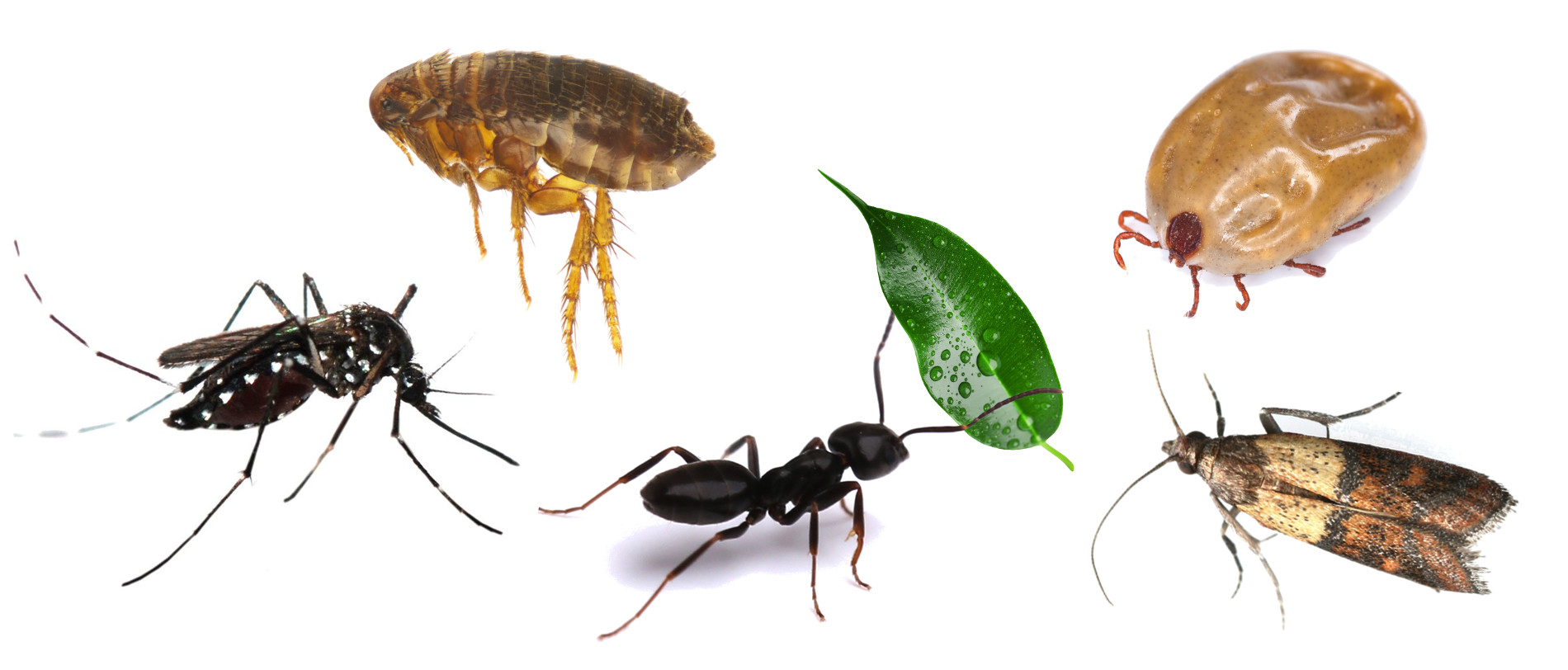
Pests are considered any living organism that invades an area causing destruction to plants, structures, other animals and humans. Pests tend to be identified within a regional or cultural context. Some animals that are considered pests in some areas may be domesticated and even eaten in others. Most pests share the ability to affect chosen habitats easily because of their large populations and propensity to inflict damage.
Extensive travel has caused more rigid control of the movement of animals as some domesticated animals in one region can cause catastrophic damage in others. An example of this occurred when the European rabbit was introduced to Australia. While the common rabbit was harmless in its own habitat, it caused significant ecological destruction after it bred too quickly and began overeating vegetation. The term pest is not actually limited to animals, some plant species are deemed plant pests.
Some pests may cause structural damage like termites, while other pests may be more harmful to the health of humans and other animals, like mosquitoes, fleas, mice, ticks and rats which are disease carriers. Pests can be used interchangeably with the term vermin, however the latter is used to specifically describe animals that are vectors of diseases.
Common pests found throughout the globe include: pigeons and seagulls which carry disease; crows which eat crops; mice (house mouse and deer mouse); rabbits when introduced to foreign ecosystems; rats (commonly the roof rat and norway rat which spread disease and cause structural damage), vampire bats which suck the blood of livestock; caterpillars which may damage crops; Ants which invade homes in swarms; cockroaches which can cause serious health concerns; flies; wasps; lice; fleas; bed bugs; mosquitoes which spread many fatal diseases; weevils and some species of moths.

Ants are very invasive creatures because of their small size which allows them easy access to almost any structure. They are social creatures (eusocial) that live in well organized colonies that maintain a clear distribution of function within their societies. Like termites they care for their young, have a hierarchy system with a queen at the head and a community of worker ants, drones and soldier ants.
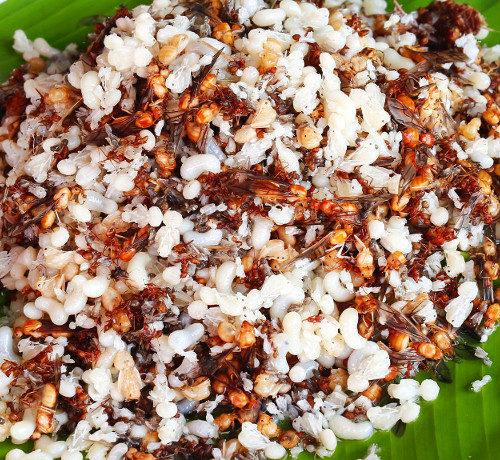
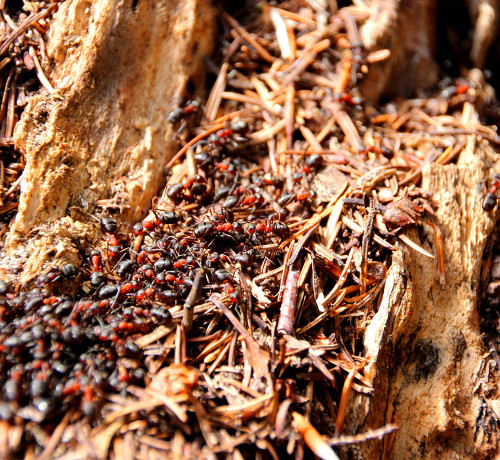
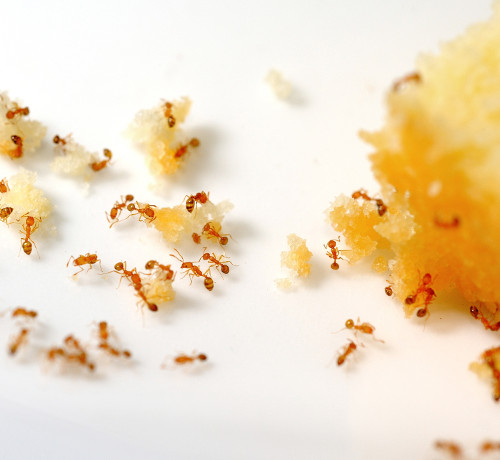
Mosquitoes are small flying creatures of the family Culicidae. The females within most species are etoparasistes, which suck the blood of their victims with their tube like mouth parts but do not live on or within their victims. Mosquitoes tend to feed on mammals, birds, reptiles and amphibians and occasionally some types of fish. While the level of blood sucked will not harm the victim, they can transmit harmful diseases via their saliva like yellow fever, Chikungunya, zika virus and dengue fever.

